Nick Waplington’s latest book ’Settlement’ provides a poignant view of family life in the West Bank
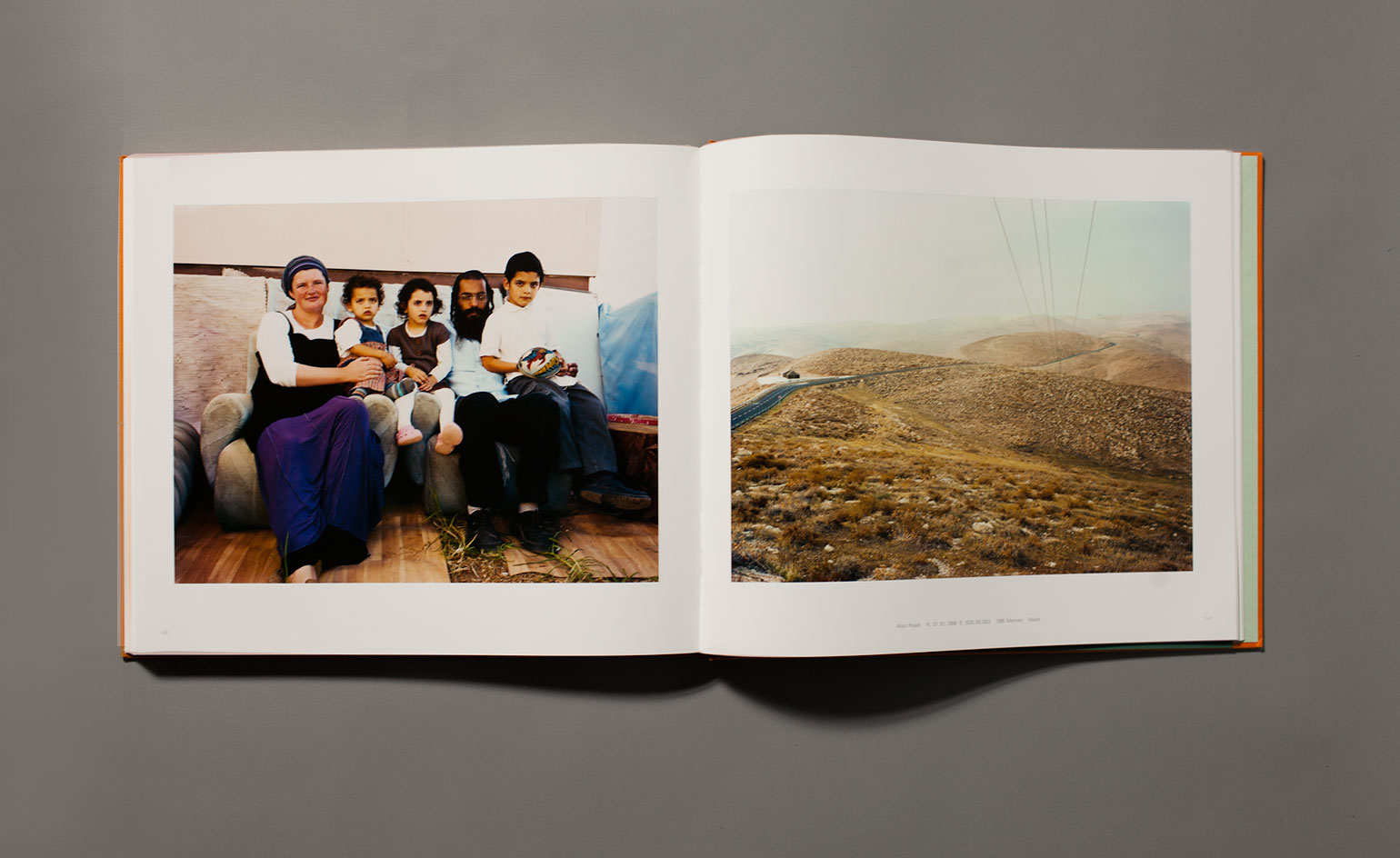
The landscape of the West Bank has become an all too familiar backdrop to the news in recent years. From 2008 to 2013 British photographer Nick Waplington was working there and his resulting book ‘Settlement’ weaves together two very different sets of photographs.
On the one hand he presents the landscape of the world’s most disputed piece of ground, where barren, elemental mountain country dwarfs shantytown-like settlements, as well as good new roads and infrastructure.
By contrast, on every other page there is a formally arranged but relaxed family portrait: mostly traditional, happy family units with mum, dad and kids. Everything about the portraits and their subjects is rather lovely. They have sympathetic faces, radiate health, normality, and close family ties. There are small clues that give away the personality of the subjects – a guitar or a tidy garden. Some men wear the Kippah, but others wear a quirky sunhat, and nothing suggests class barriers, prejudice or religious conservatism. It’s almost utopian.
These families are the 'settlers' of the book’s title - Jewish settlers who form less than 20 per cent of the population in the West Bank. Their settlements are illegal under international law, and their existence is not as passive or as peaceful as it looks (consider the three Israeli teenagers killed earlier this year and the bloodshed since). In appearance these are highly sympathetic portraits – good people living simple lives. But there is something deeply critical about them too.
In ‘Living Room’, the 1991 series that made his name, Waplington showed us how two large working class families were making the best of a very difficult time in Thatcher’s Britain. By observing their chaotic lives with startling honesty, warmth and humour he turned the working class slob into a kind of hero. But most importantly he made real, complex beings of a social group lumped together in the press. By doing so he presented a universal truth: nobody is perfect, but most families are pretty much the same, making the best of their circumstances.
This latest book is the best and most political body of work he’s made since. But the implication is almost the reverse of what was being said in ‘Living Room’. Here, Waplington is showing how all families are worlds within worlds; they turn inwards to create safety and comfort. Again, it’s a universal story. We make our homes wherever we consider it our birthright, and we’re all guilty of turning a blind eye to what goes on outside our front doors.
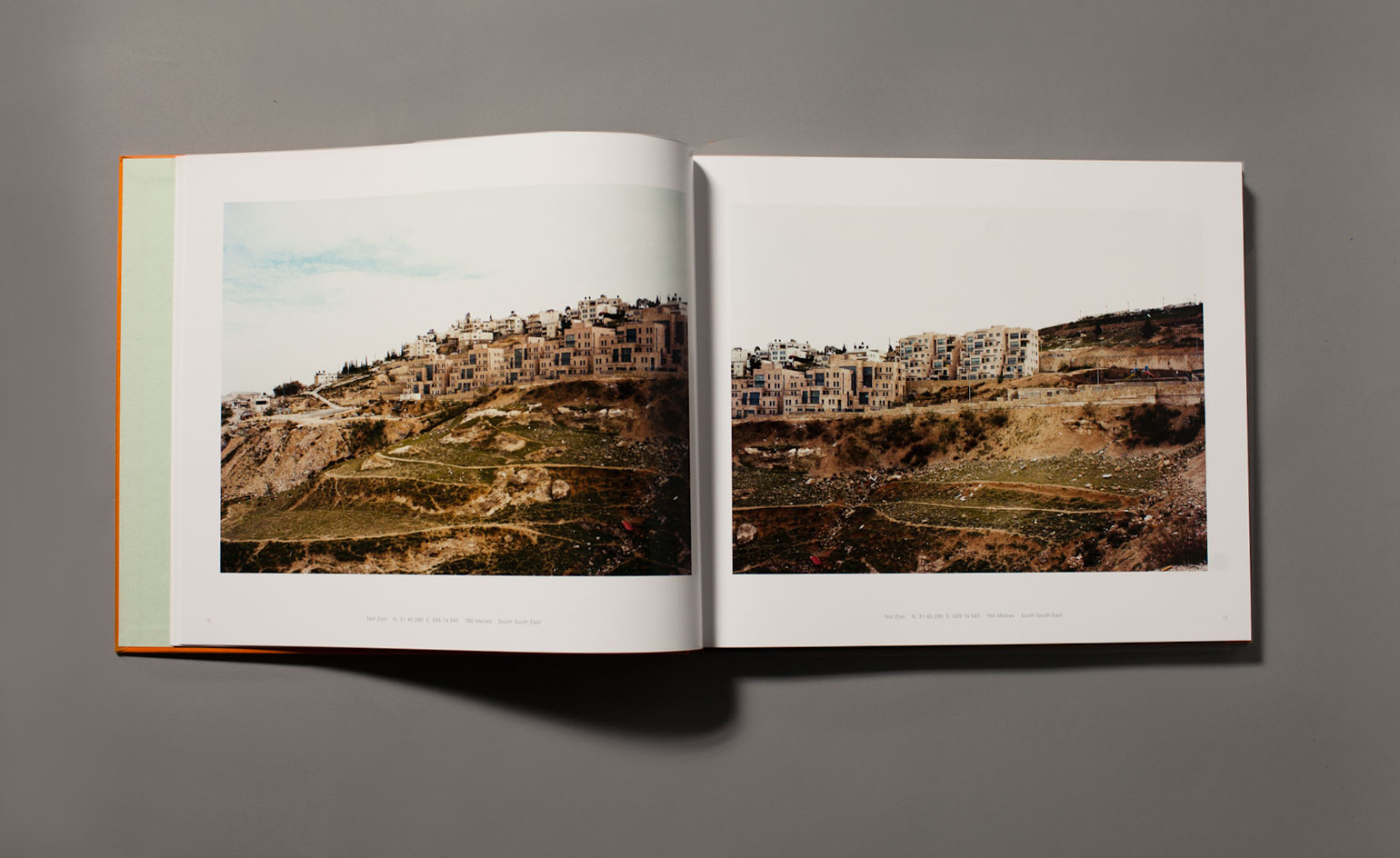
On the one hand he presents the landscape of the world’s most disputed piece of ground, where barren, elemental mountain country dwarfs shantytown-like settlements
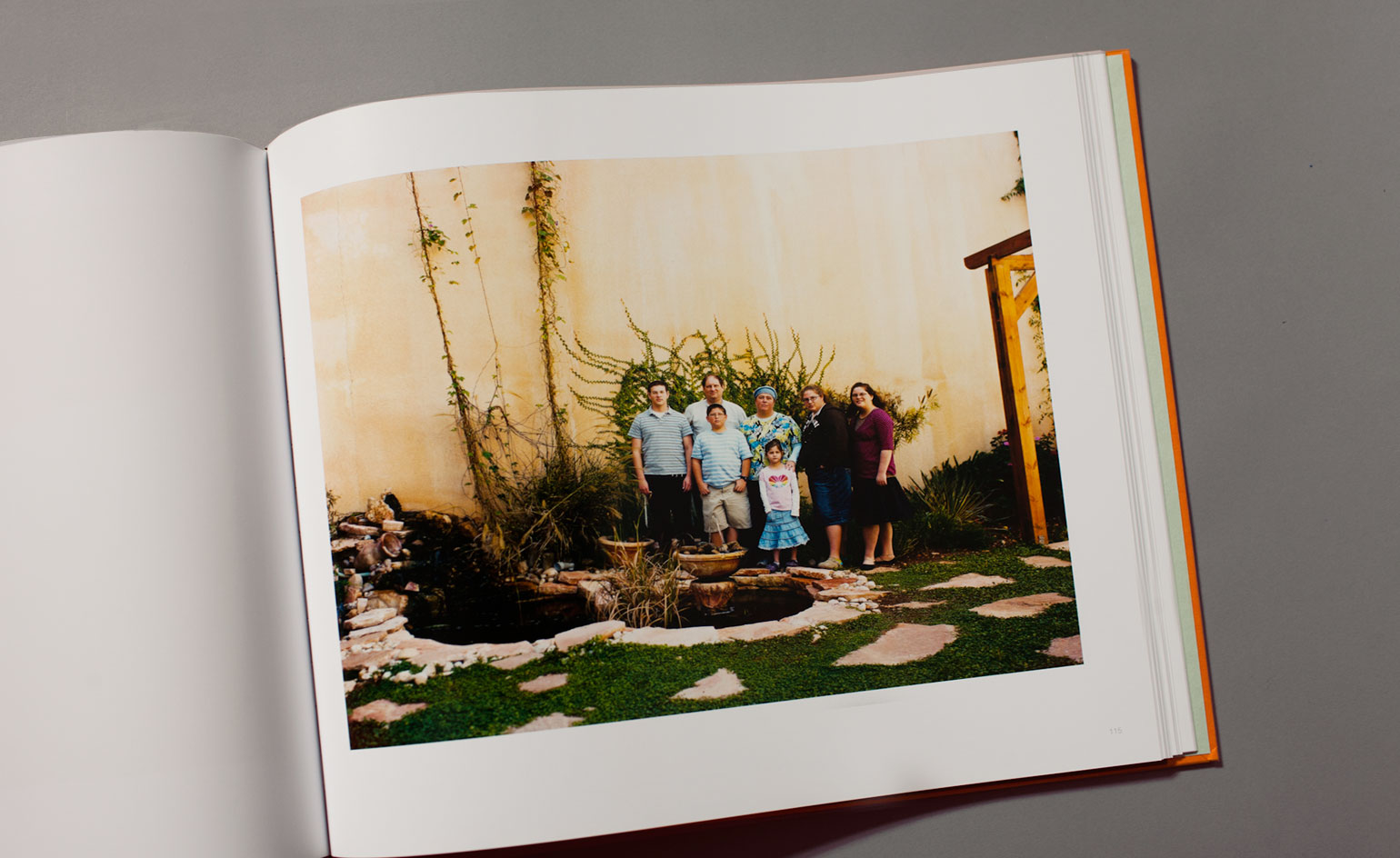
By contrast, on every other page there is a formally arranged but relaxed family portrait: mostly traditional, happy family units with mum, dad and kids. Here, Waplington is showing how all families are worlds within worlds
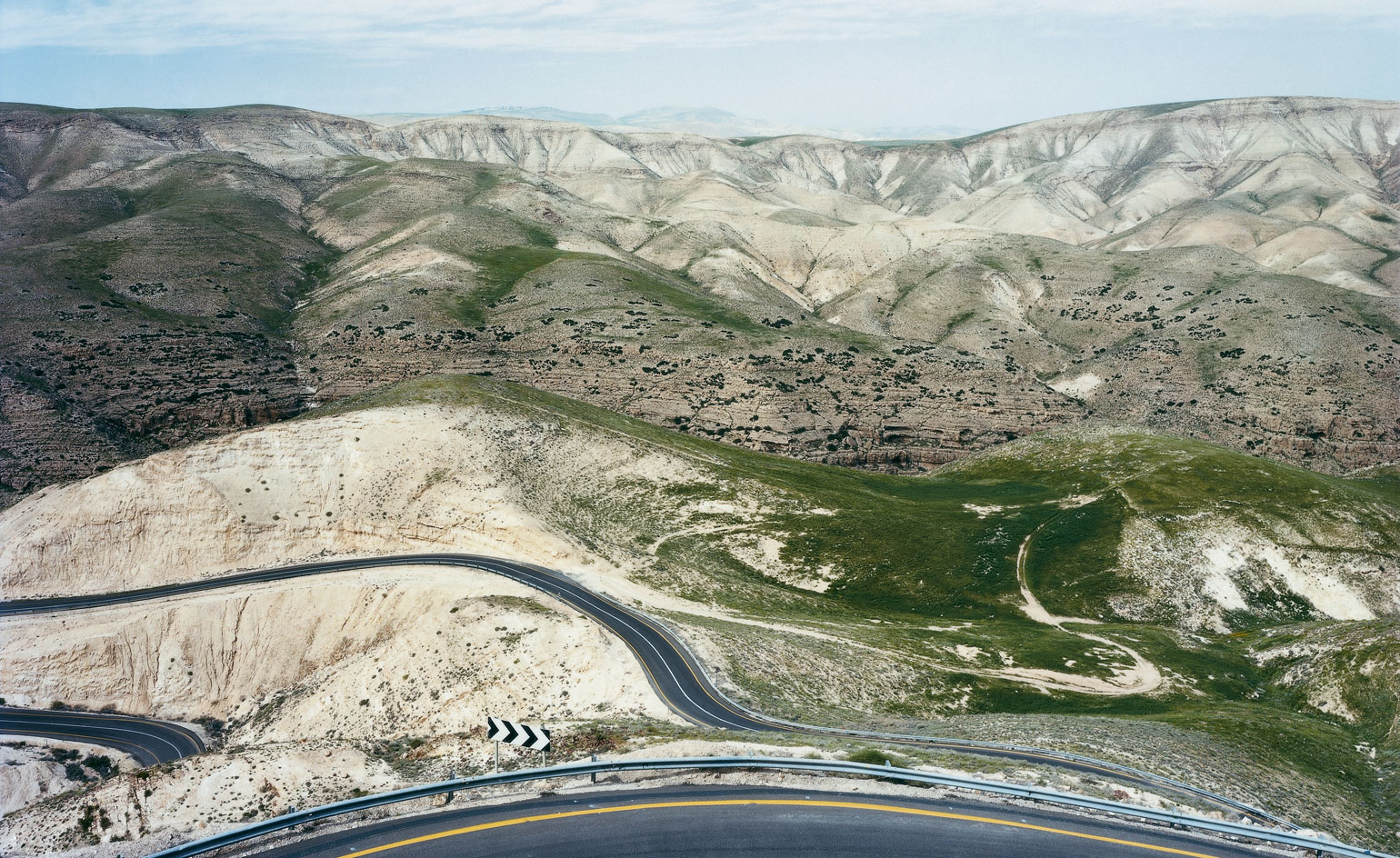
New roads and infrastructure similarly contrast a deep feeling of isolation. This photograph is titled, 'Alon Road N. 31 50. 199 E. 035 21 .235 561 Meters South North West'
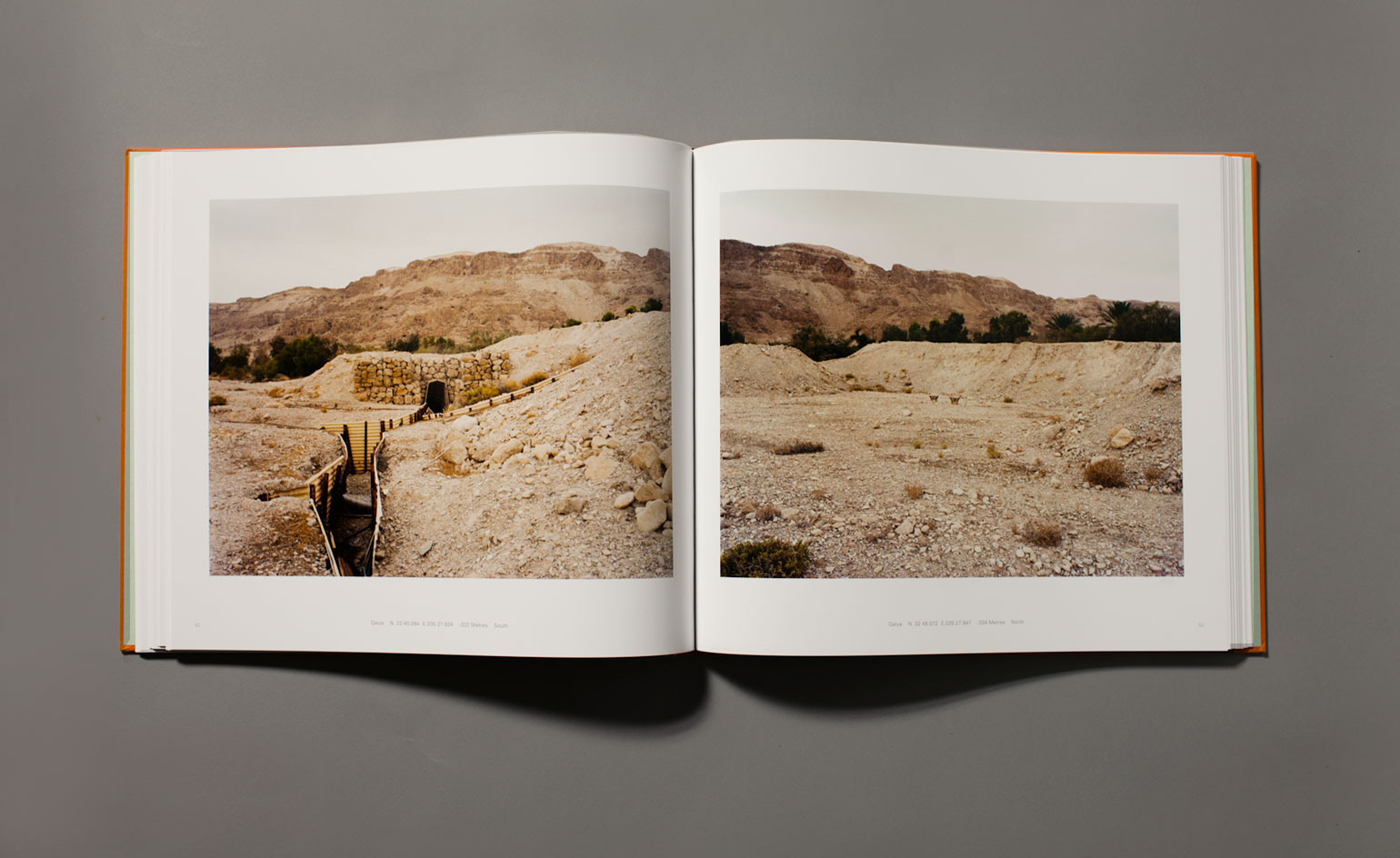
From the left: 'Qalya N. 32 45.084 E.035 27.824 -332 Metres South'. Right: 'Qalya N 32 45.072 E.035 27.847 -334 Metres North'
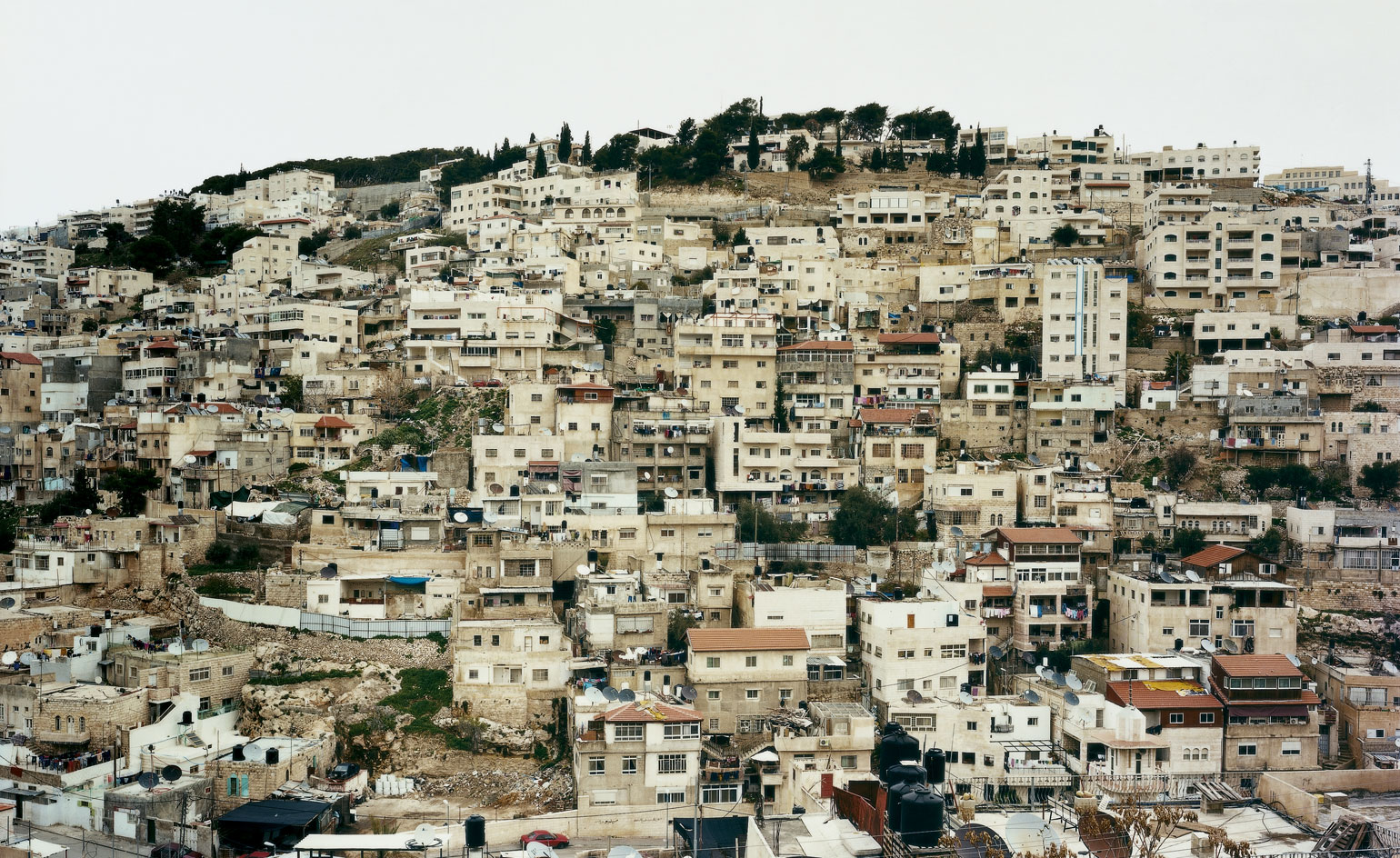
'Beit Yonatan N. 31 46.404 E. 035 14.085 640 Metres East'
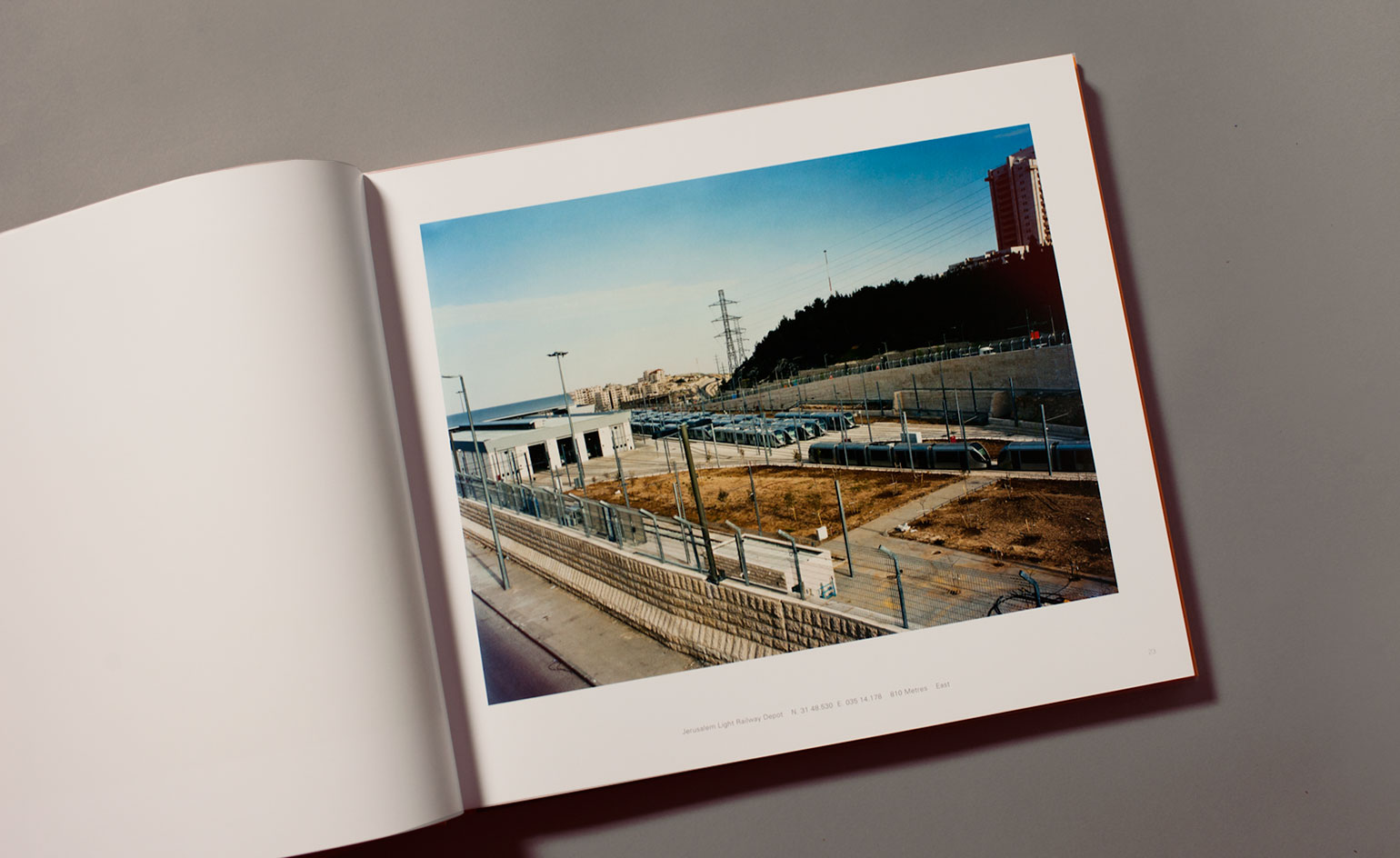
'Jerusalem Light Railway Deport N. 31 48.530 E. 035 14. 178 810 Metres East'
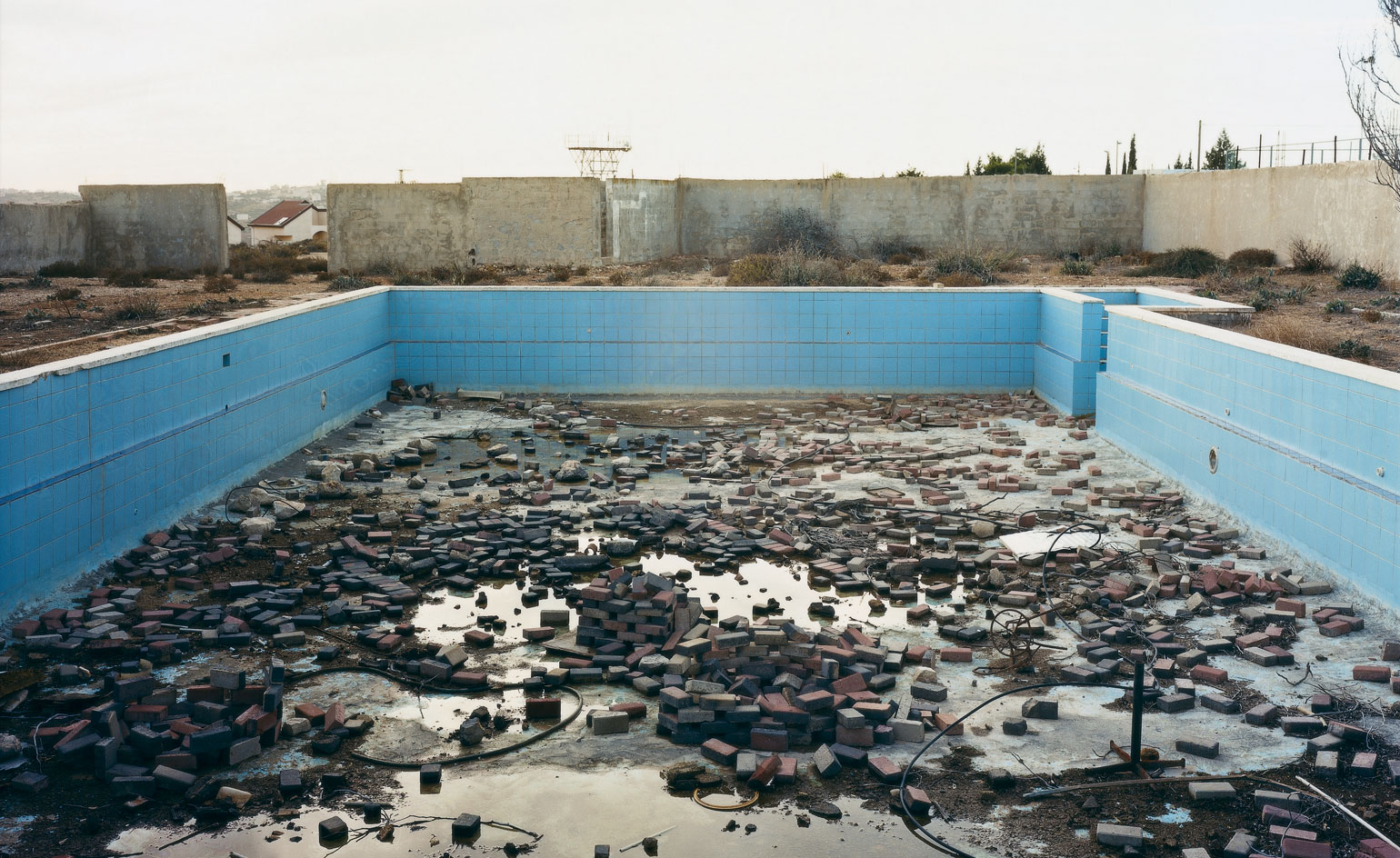
'Metzad N. 31 35.090 E. 035 11.289 950 Metres East'
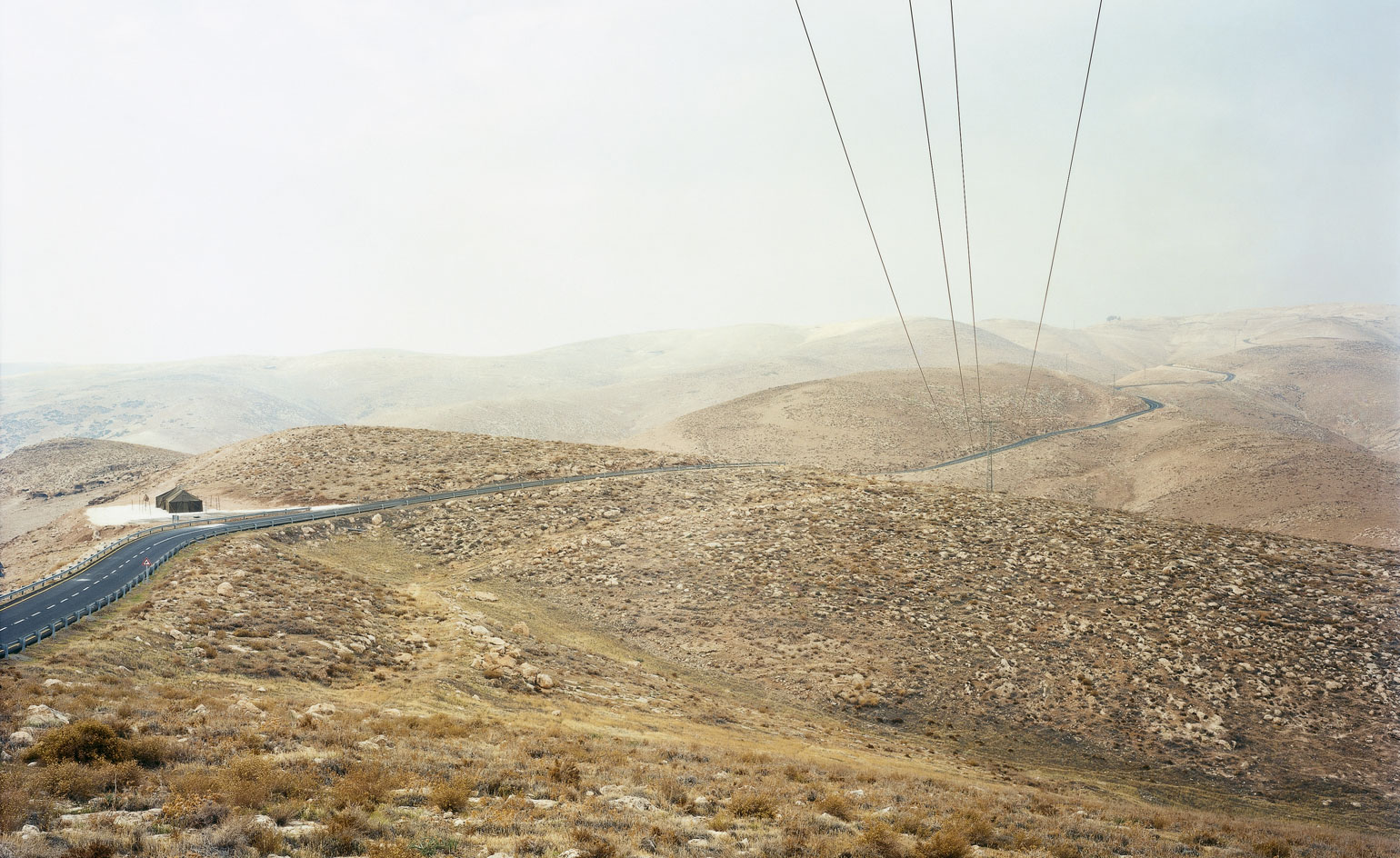
'Alon Road N. 31 51 . 068 E. 035 20.053 386 Metres West'
Receive our daily digest of inspiration, escapism and design stories from around the world direct to your inbox.
-
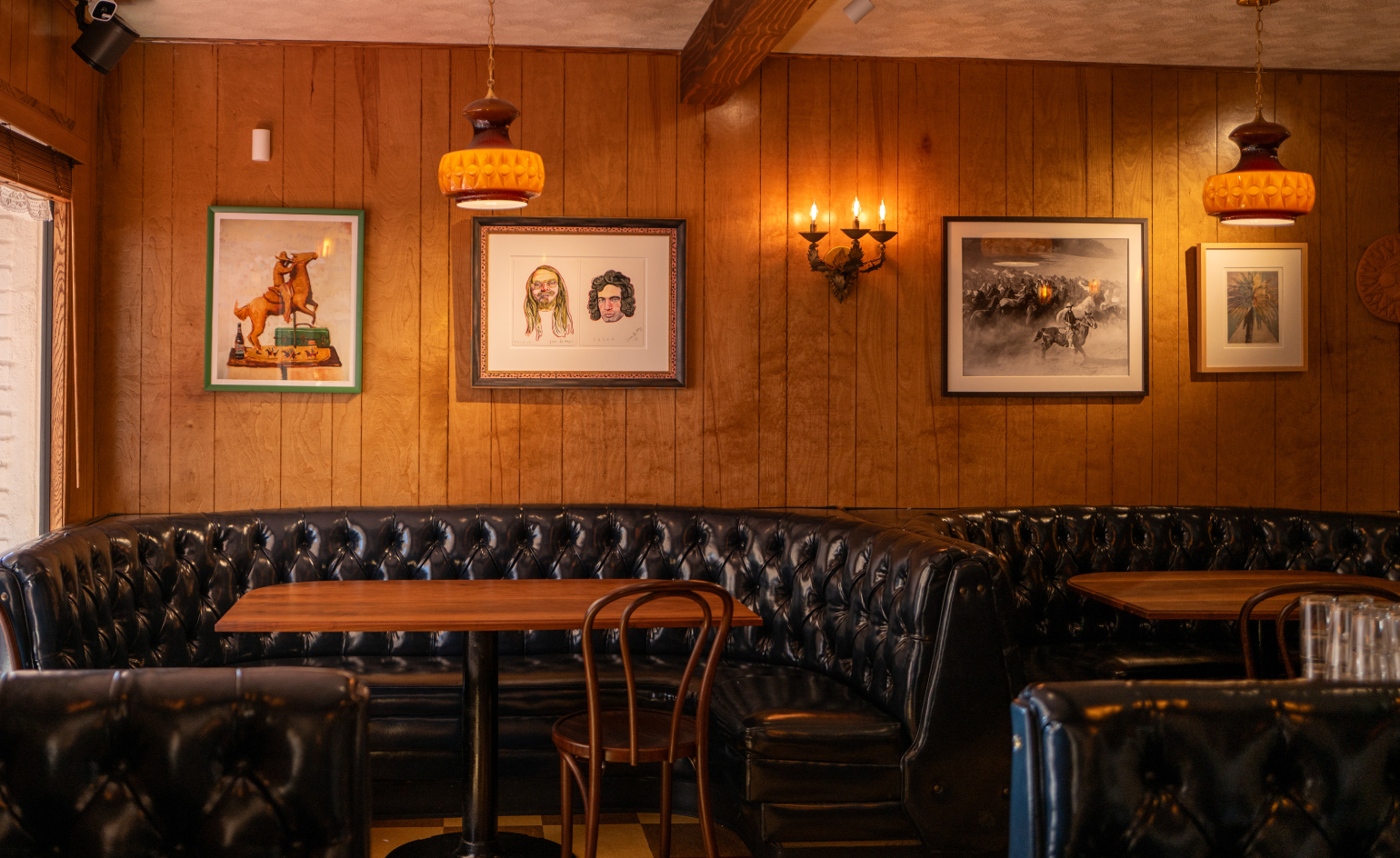 This new Los Angeles restaurant is a mischievous blend of dive bar and 'psychedelic honky tonk'
This new Los Angeles restaurant is a mischievous blend of dive bar and 'psychedelic honky tonk'At Marvito, small-batch tequila and a classic rock soundtrack create a delightfully nostalgic night out
-
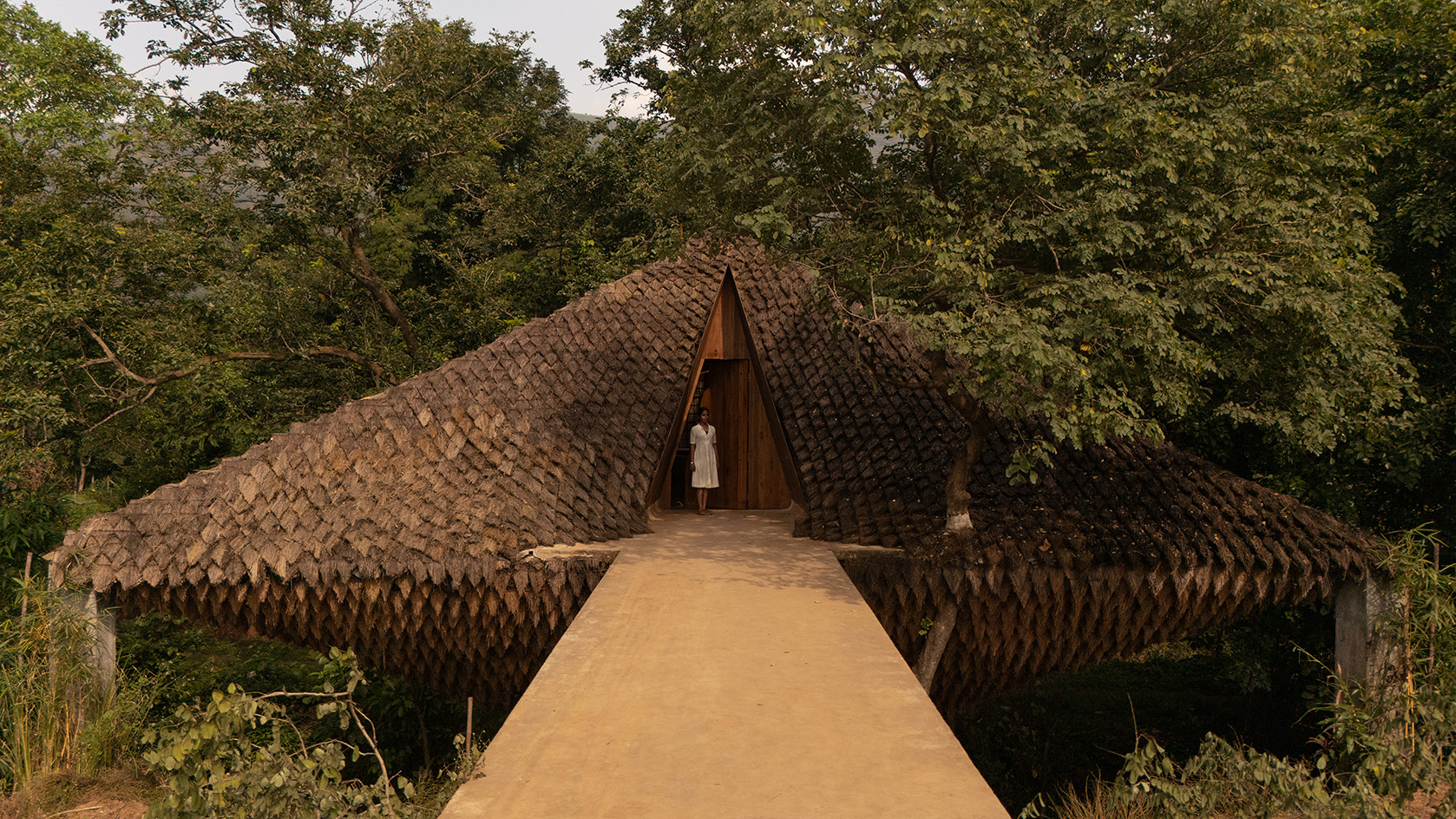 Half bridge, half home: Wallmakers’ latest project takes architecture to daring new heights
Half bridge, half home: Wallmakers’ latest project takes architecture to daring new heightsHovering above a forest stream in Maharashtra, Bridge House in Maharashtra, India pushes the limits of engineering and eco-conscious design
-
 A postcard from Dubai Design Week 2025: creativity blooms against a desert backdrop
A postcard from Dubai Design Week 2025: creativity blooms against a desert backdropThe Emirates may still shimmer with spectacle, but beyond the surface a new generation of creatives is fusing research, heritage and innovation to build sustainable, future-facing practices
-
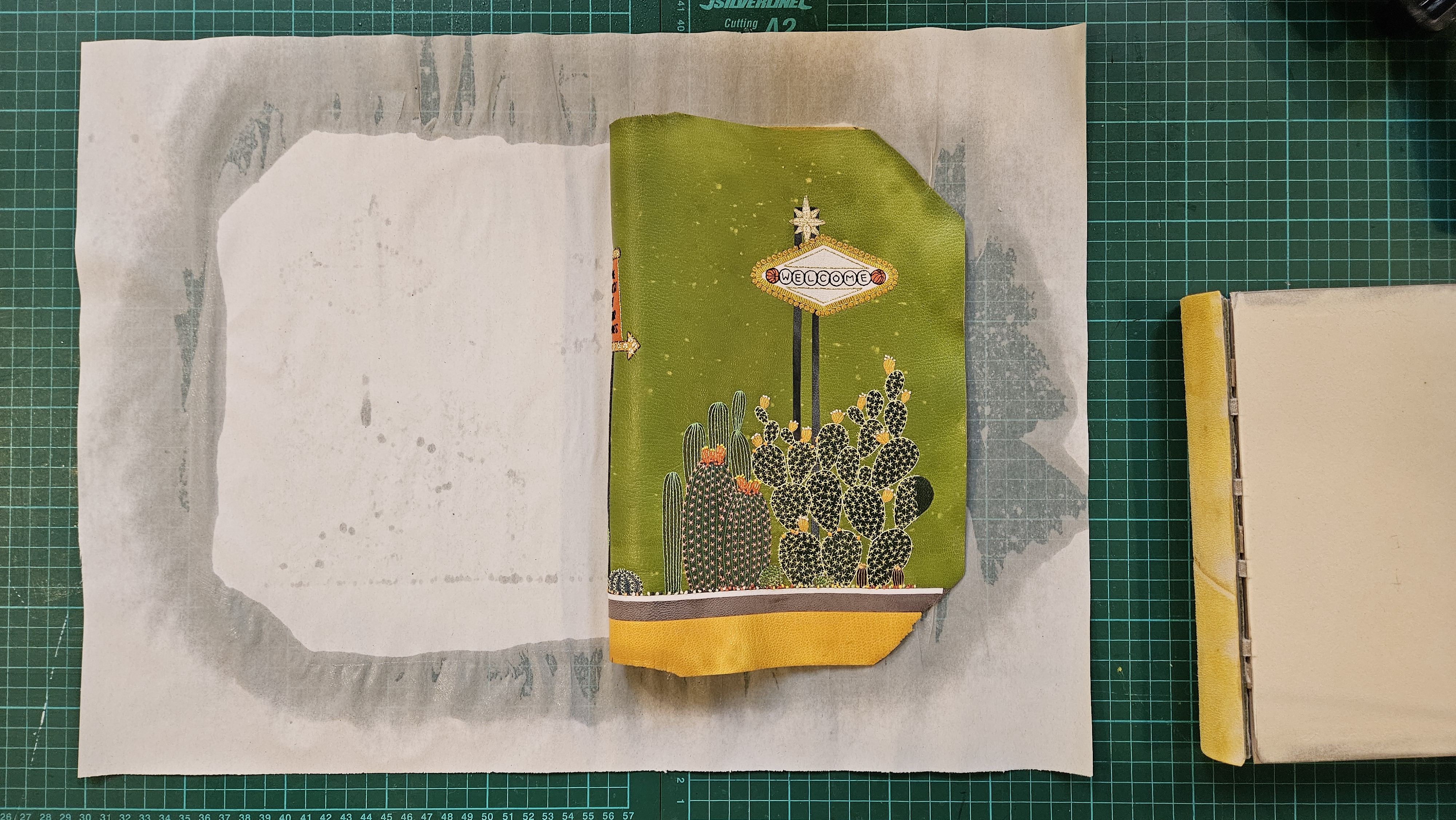 Inside the process of creating the one-of-a-kind book edition gifted to the Booker Prize shortlisted authors
Inside the process of creating the one-of-a-kind book edition gifted to the Booker Prize shortlisted authorsFor over 30 years each work on the Booker Prize shortlist are assigned an artisan bookbinder to produce a one-off edition for the author. We meet one of the artists behind this year’s creations
-
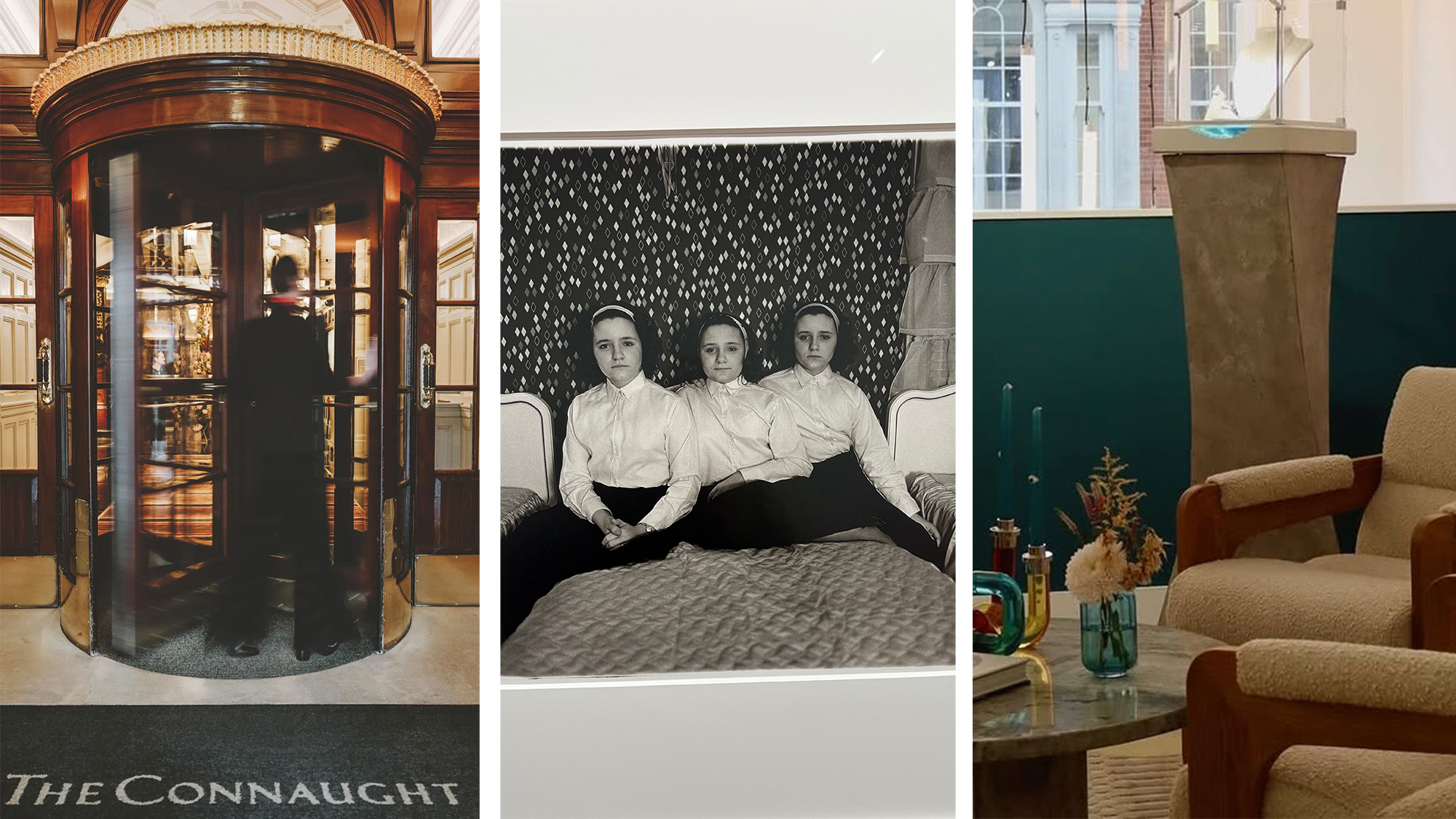 Out of office: The Wallpaper* editors’ picks of the week
Out of office: The Wallpaper* editors’ picks of the weekThis week, the Wallpaper* editors curated a diverse mix of experiences, from meeting diamond entrepreneurs and exploring perfume exhibitions to indulging in the the spectacle of a Middle Eastern Christmas
-
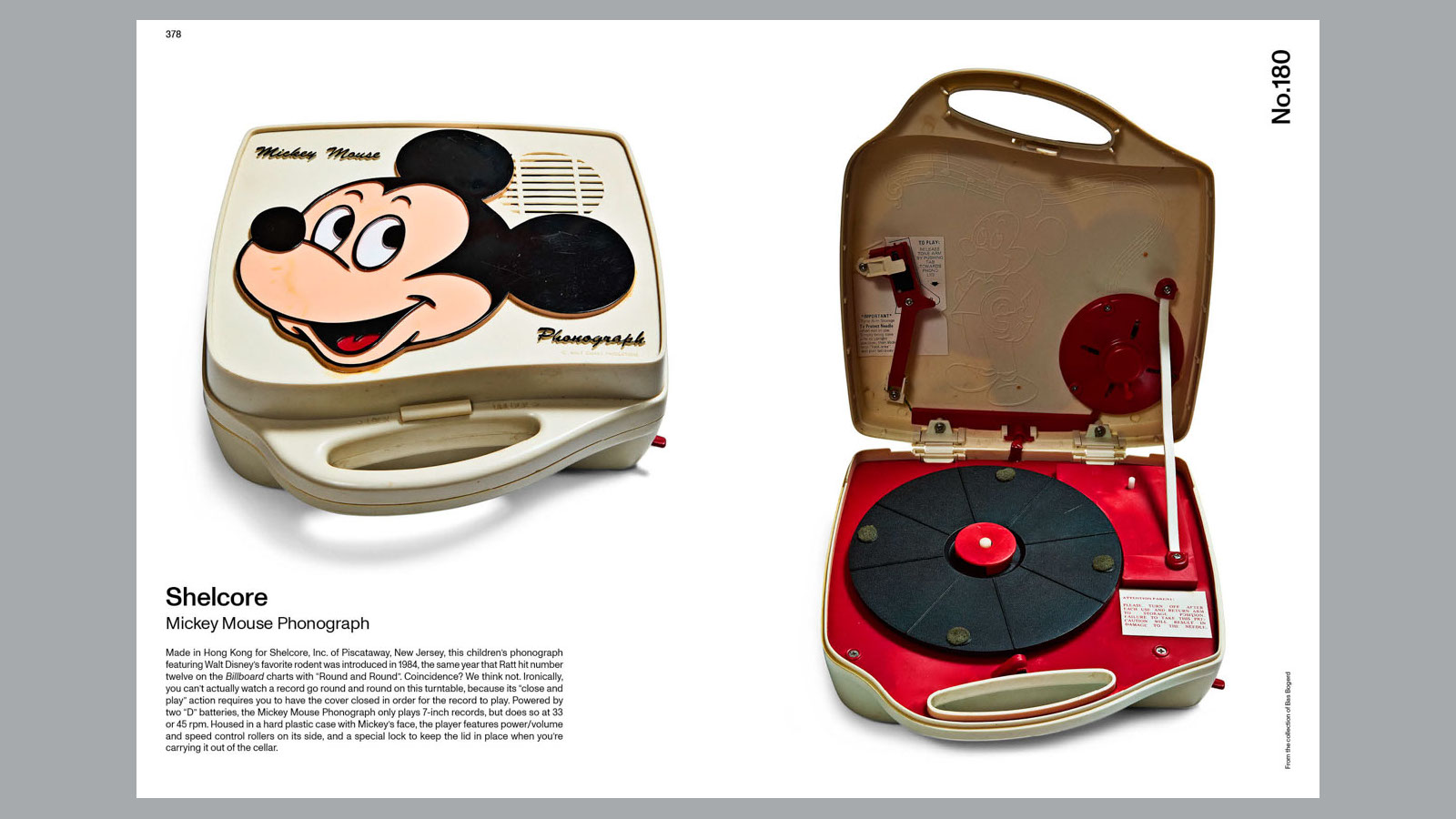 14 of the best new books for music buffs
14 of the best new books for music buffsFrom music-making tech to NME cover stars, portable turntables and the story behind industry legends – new books about the culture and craft of recorded sound
-
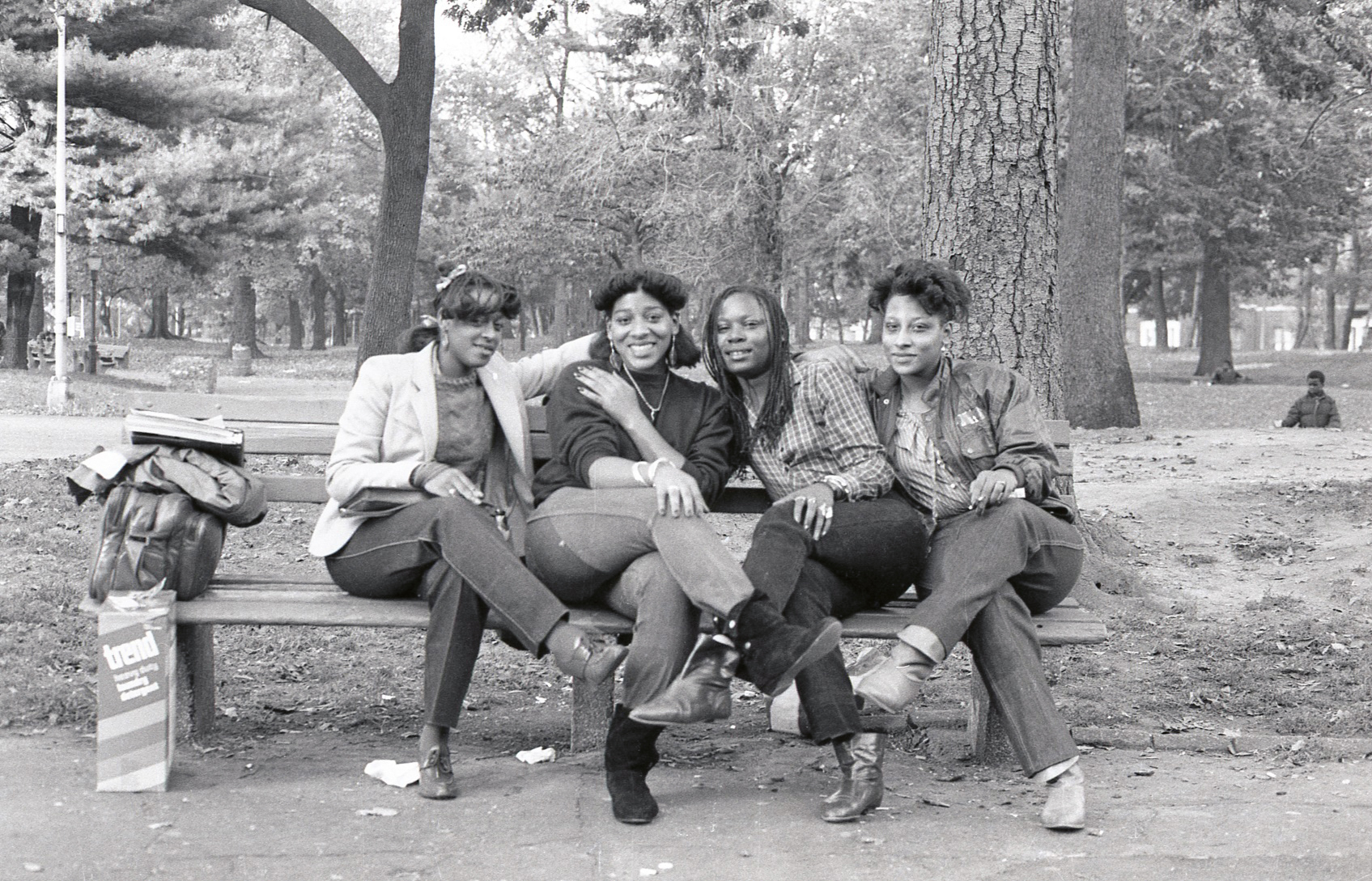 Jamel Shabazz’s photographs are a love letter to Prospect Park
Jamel Shabazz’s photographs are a love letter to Prospect ParkIn a new book, ‘Prospect Park: Photographs of a Brooklyn Oasis, 1980 to 2025’, Jamel Shabazz discovers a warmer side of human nature
-
 A life’s work: Hans Ulrich Obrist on art, meaning and being driven
A life’s work: Hans Ulrich Obrist on art, meaning and being drivenAs the curator, critic and artistic director of Serpentine Galleries publishes his memoir, ‘Life in Progress’, he tells us what gets him out of bed in the morning
-
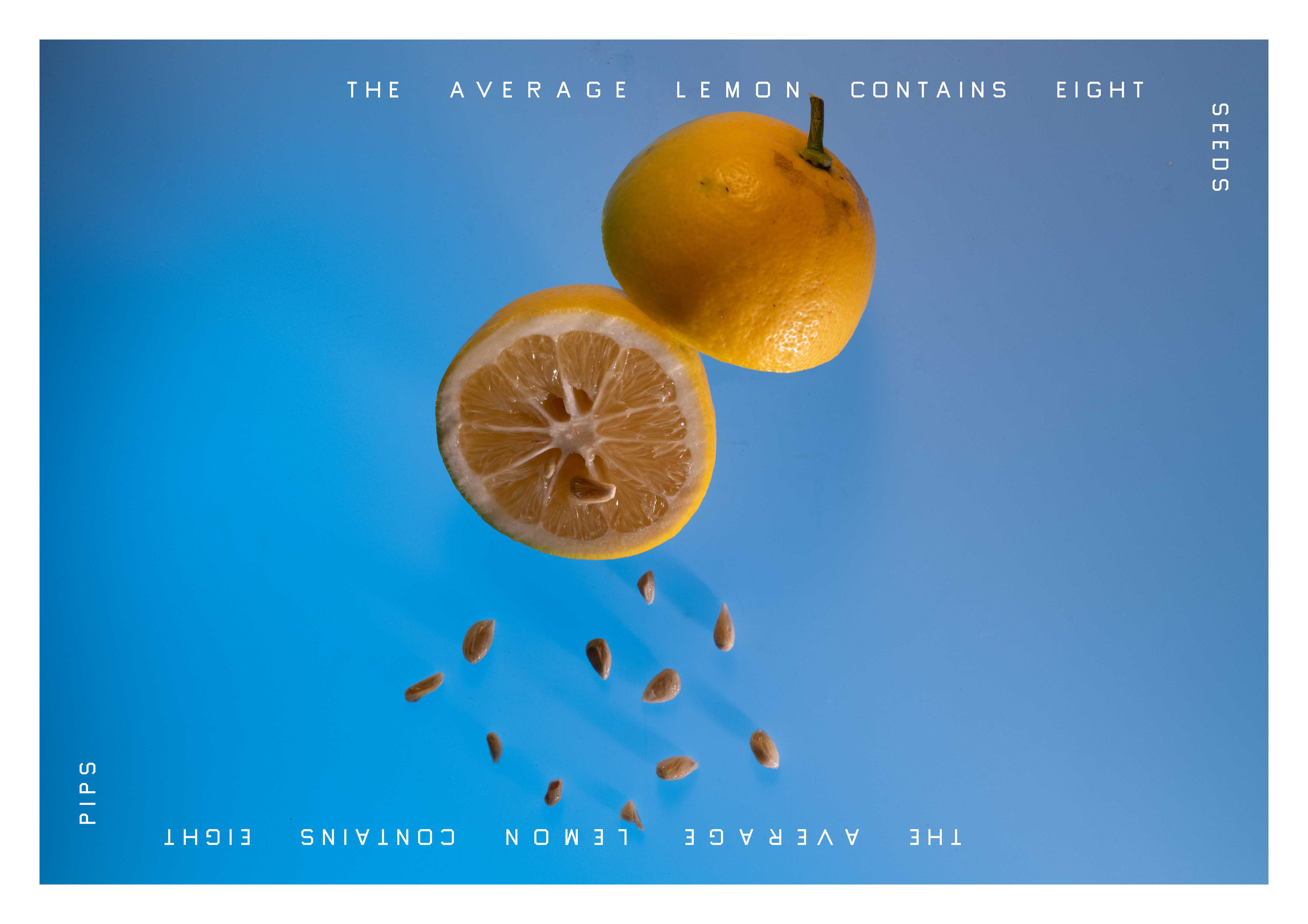 Ed Ruscha and Ruthie Rogers team up on zingy new cookbook
Ed Ruscha and Ruthie Rogers team up on zingy new cookbookEd Ruscha and friend Ruthie Rogers, chef and River Café co-founder, have teamed up on a cookbook with a difference
-
 Thomas Prior’s photography captures the uncanny fragility of American life
Thomas Prior’s photography captures the uncanny fragility of American lifeA new book unites two decades of the photographer’s piercing, uneasy work
-
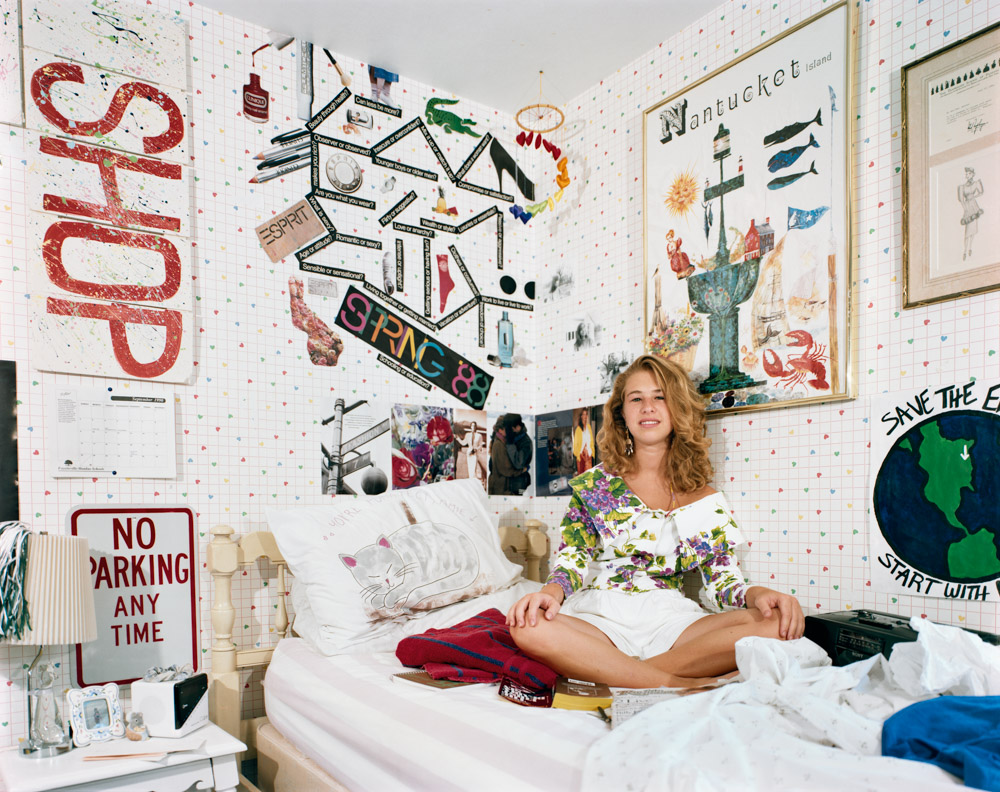 Cult classic ‘Teenagers in Their Bedrooms’ captures the angst of being a teen
Cult classic ‘Teenagers in Their Bedrooms’ captures the angst of being a teenAre 1990s teens so different? Three decades after its original release, this photography book by Adrienne Salinger has been published again, by DAP